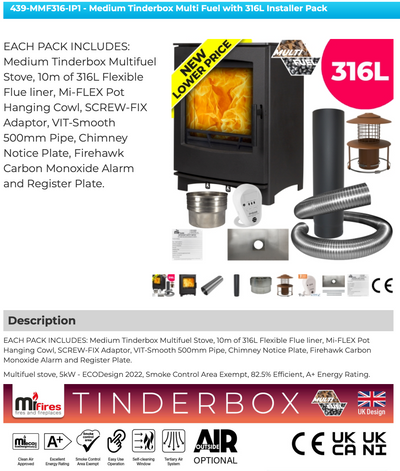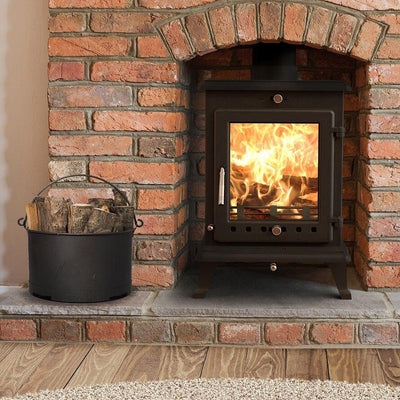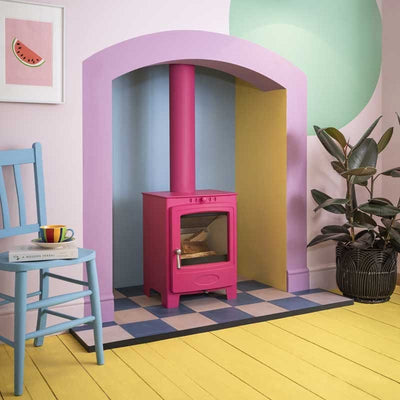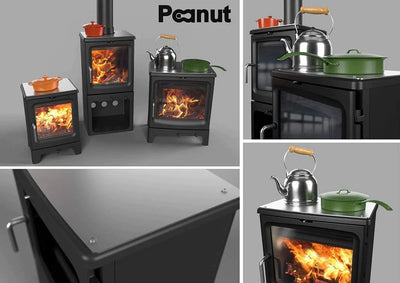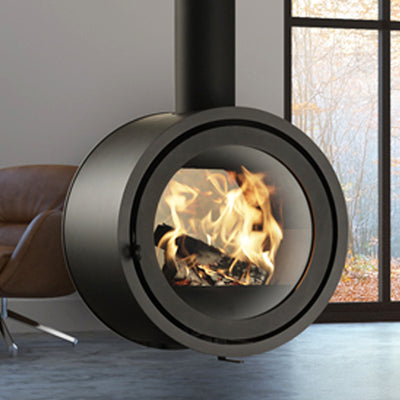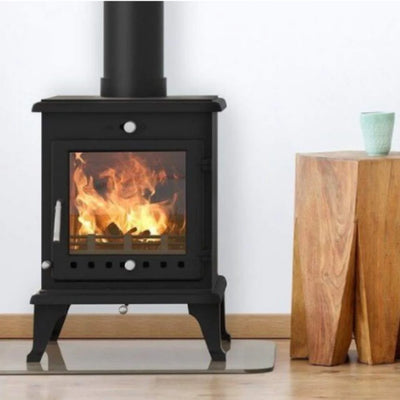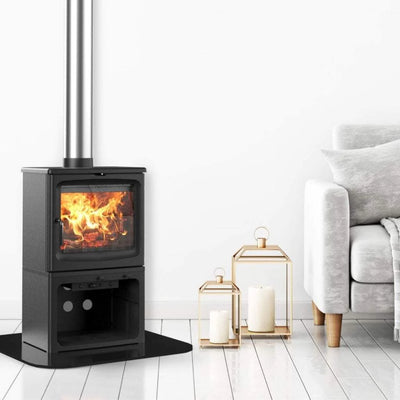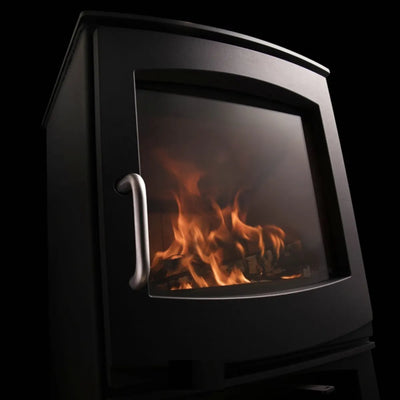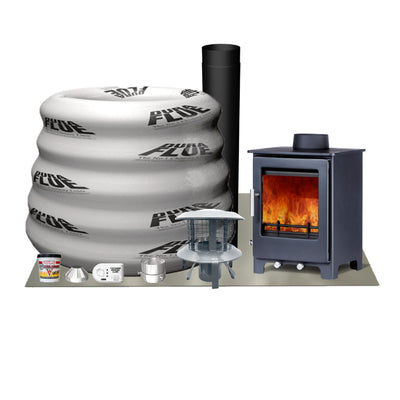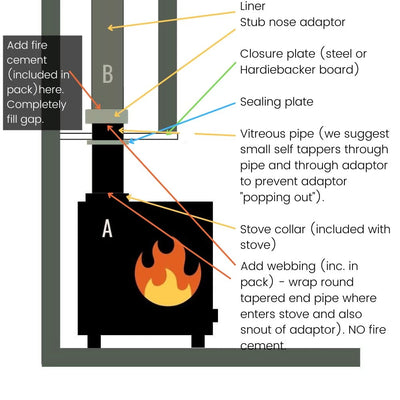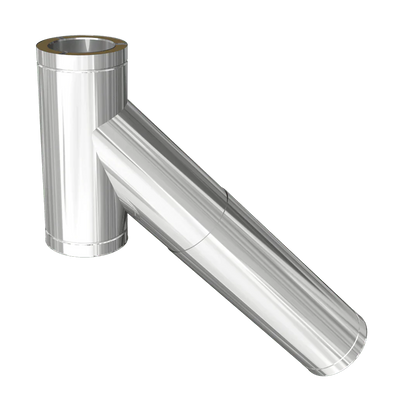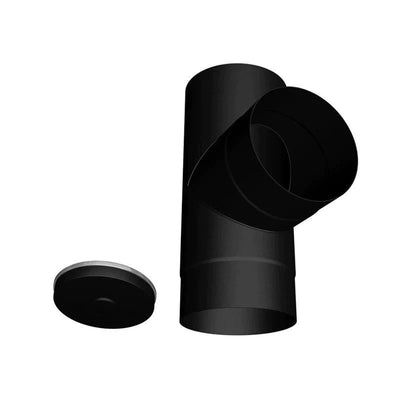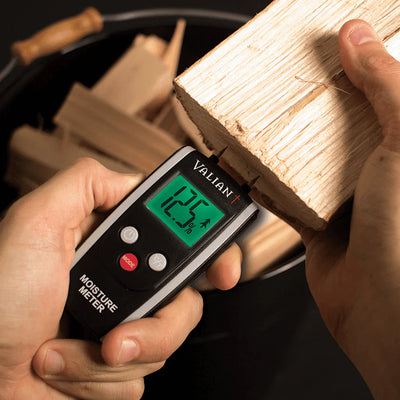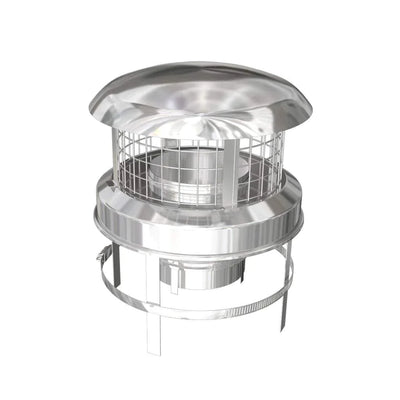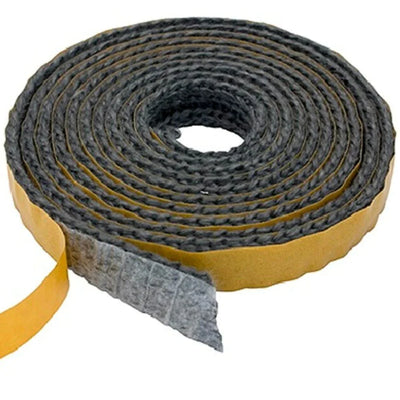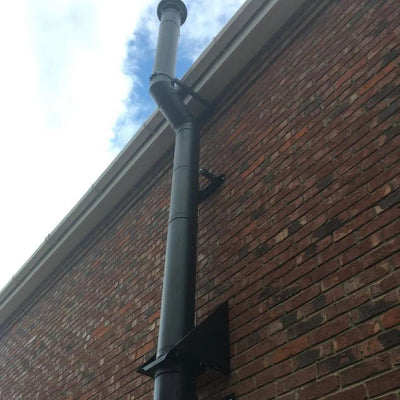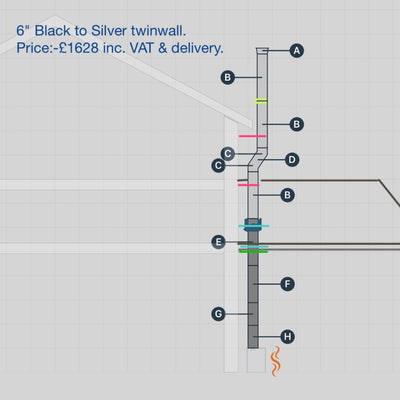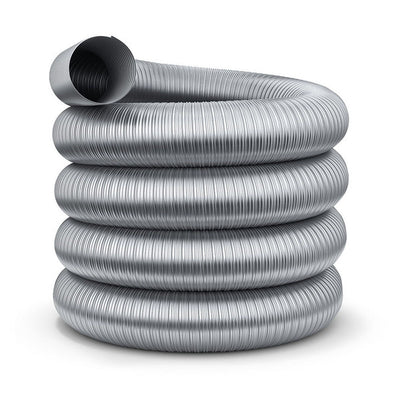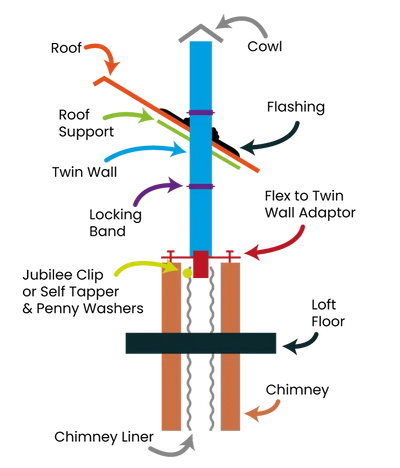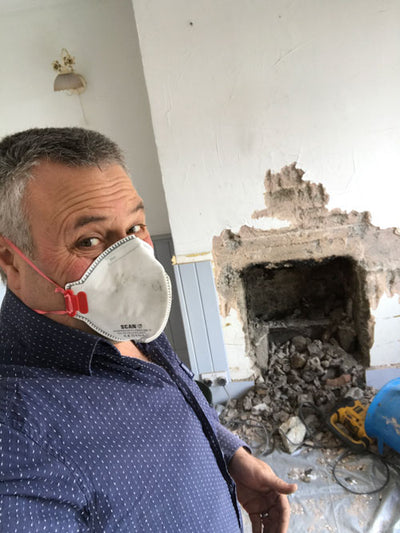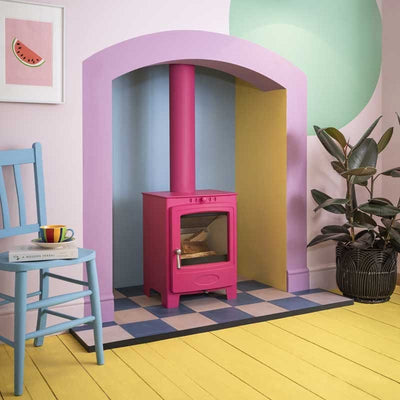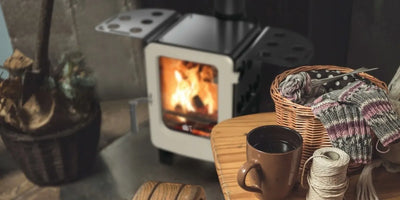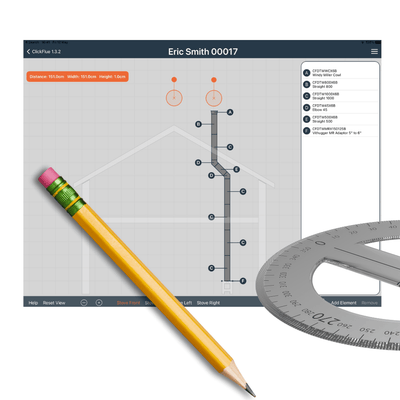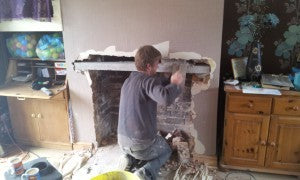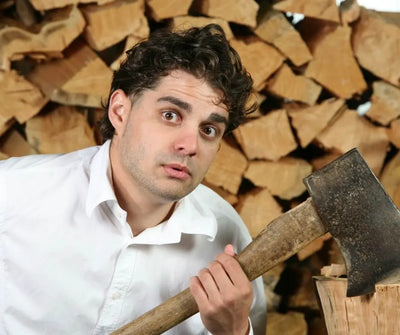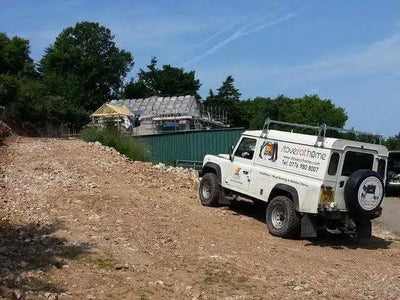Do I need an air vent for a wood burning stove? If I do not bother?
5 mins
Do I need an air vent for a wood burning stove? If I do not bother?
The what & the why
Do I need an air vent for a wood burning stove is an important question to ask. What happens if you don't have an air vent? What can go wrong? How large does the vent have to be if you need one at all? Read on to find out more...
If enough air is not drawn into the property, to replace the air that went up the chimney, you'll have problems. Very quickly the property or room will become a vacuum and smoke may decide to exit the stoves air vents to fill that vacuum.
In new build properties, or properties likely to be as airtight as such a property, there MUST be a PERMANENTLY OPEN air vent within the room (venting to outside).
It should not be possible to close this vent and it should be sited in a place where a householder is not tempted to cover it up.

Air vent requirements
The air vent aperture required increases in size depending on the KW output of the stove (this being very approx. equivalent to a 50p piece for each KW – so a 5kw stove requires an area equivalent to 5x50p pieces).
The exact figure is 550 square millimetres of vent hole per kw of stove.
A square hole 3cm x 2cm is 600 square millimetres. A 50p piece is 594 square millimetres.
In older properties “that are not deemed as particularly airtight” then the rule is the same but you get the first 5kw free. In other words a 5kw stove has no air vent requirements, whilst a 6kw requires one 50p sized hole, a 7kw two 50p sized holes (or equivalent) etc.
If you want to know whether your property is of the older “not deemed airtight” variety? Then you would need to measure the air permeability (as if anybody is going to do that unless they know what they are doing). If air permeability is greater than 5.0m³/h.m² then you can stick with the more relaxed air vent rule. It is very doubtful that a house built before 2008 would require the strict air vent rule unless it has had work done to strive to make it air tight. If the property was built after 2008 then really this test needs doing (or fit the more strict vent anyway).

Image: Integral air vent
Should a stove not perform as expected then a lack of air vent is one of the first things to check. Open a window to outside – if the stove’s performance immediately improved then more air into the room is required.
Do not site an air vent where the trail of air from the vent to the stove will pass where you sit in your favourite chair or where the dog sleeps. Air moves from the vent to the stove so think where that flow of air will be in the room.
Note: on the rare occasion that a draught stabiliser is fitted to a stove then the rules for size of air vent are different – Google this for yourself ;)
If you really do not like the idea of an air vent but one is required – there are a few stoves within the market with integral air vents, (a pipe travels direct from stove to outside) and there is no hole in the wall to leak building heat.
If your floor is of the suspended type (wooden with a cavity underneath) it is probable that this under floor area is vented and you can put an air vent into the floor (even if there is carpet I have done this).
If your property has thick stone or rubble walls (Wales has loads of these) then drilling a hole may not be possible. In this situation I have taken small window panes out, converted old cat flaps, drilled a dozen 1cm diameter holes in a window frame (and covered with a trickle vent cover). My Building Control contact says trickle vents can be used but they must not have fly screens and must be “glued open”. Whatever it takes must be done.
If you use the figures below remember that, for a room that is not a new-build, you get the first 5kW “free” (so for a 6kW stove you only need an air vent for 1kW from the chart below).

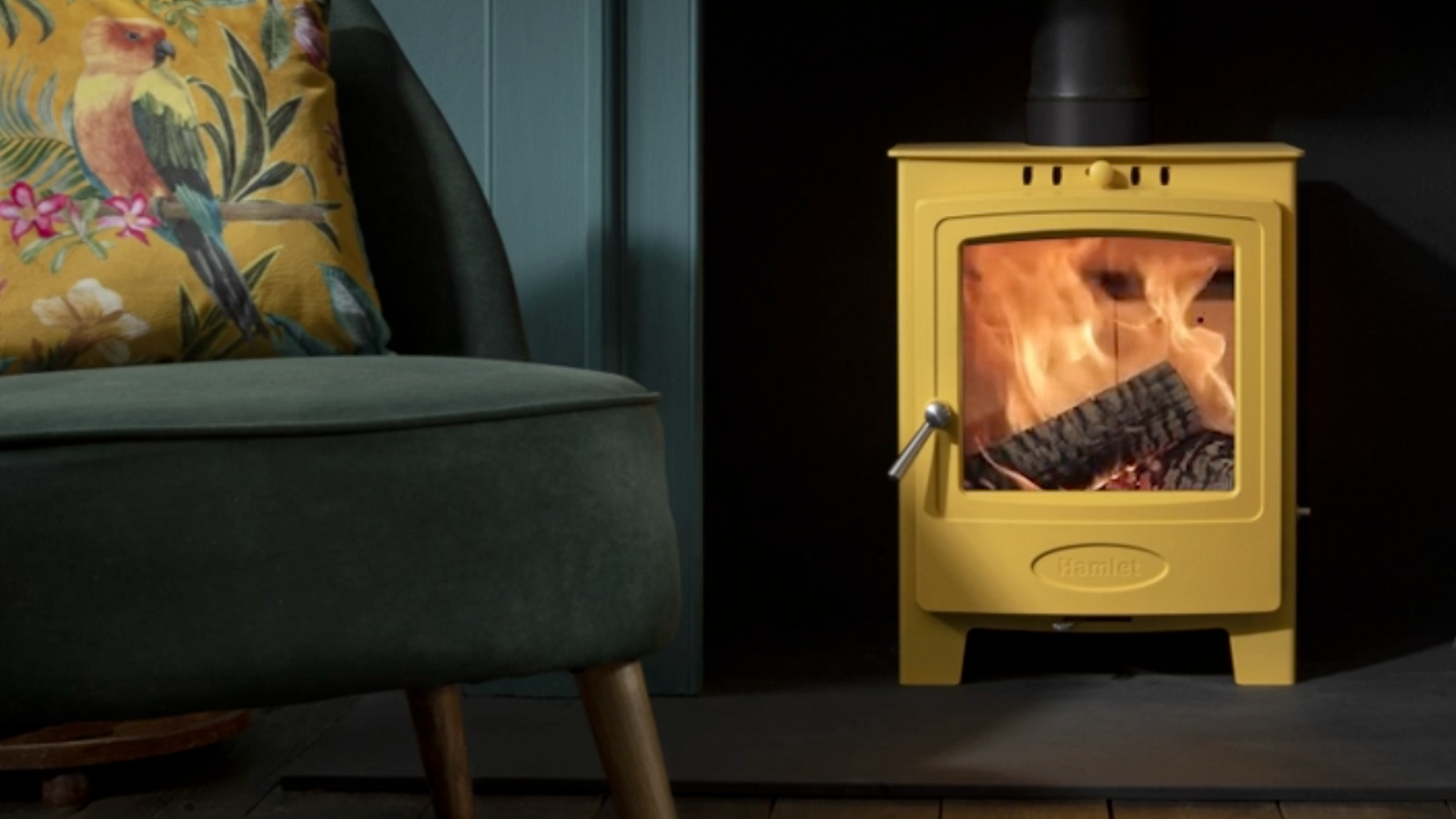
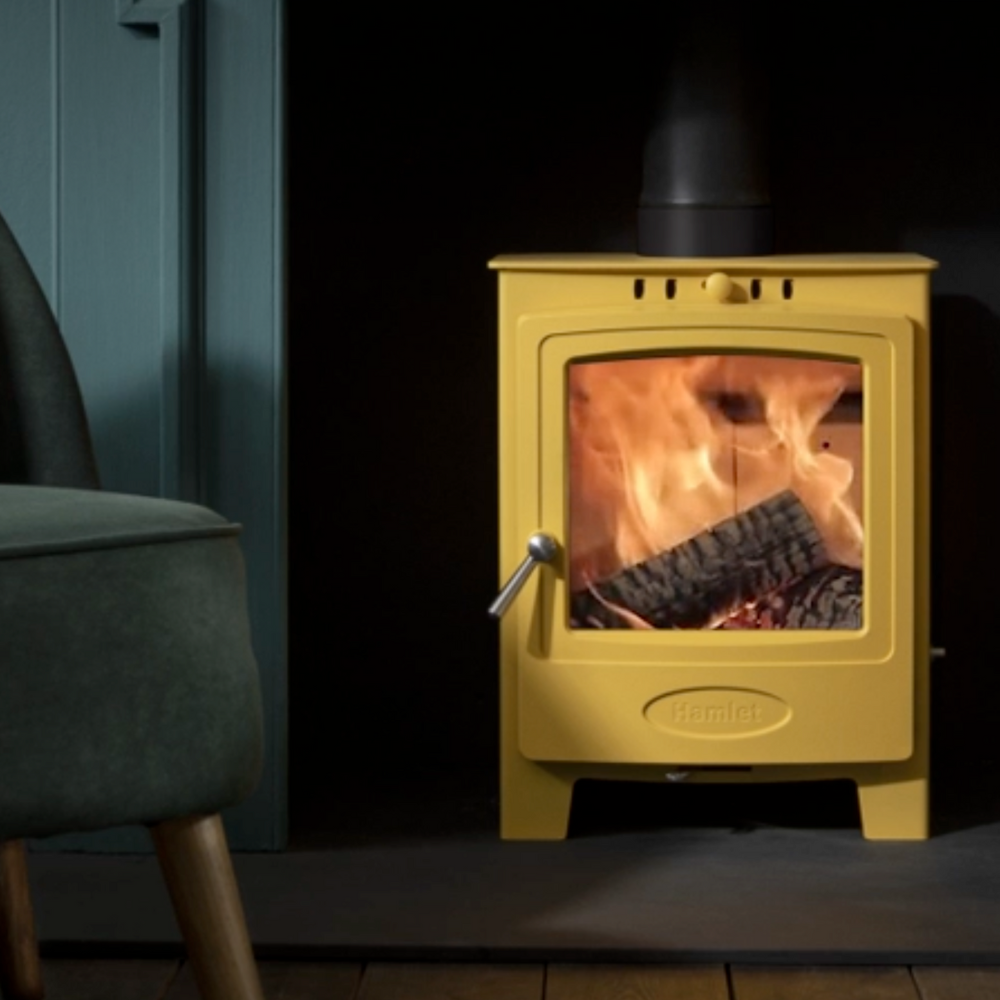
Installing a twin wall chimney - what do I need?


Installing a stove in a fireplace - what do I need?
FAQs
See all FAQsCosts correct as of April 2023:
Approx. costs if you have a chimney and fireplace ready to use: £750-£1,000 (save £500 by self-installing).
Approx. costs if you have a chimney but need the fireplace "opening up": £1,600-£2,200 (save £1200 by self-installing).
Approx. costs if you do not have a chimney and need a clip-together flue: Shed £475-£700. Bungalow £1500. 2-storey house £2500. Save £1,000-£1400 by self-installing.
Above figures include labour and materials but no appliance.
We, of course, advise you to purchase your stove and materials from Stovefitter's to ensure quality goods are installed (some installers use budget materials to increase margin). If you buy your stove from us (rather than your local small shop or installer) we have a lot more power when approaching manufacturer's with a warranty issue. Why is that? Because we buy many hundreds of stoves a year from these brands.
We do not fit stoves.
But we know a few who do!
Google: Hetas installers
Hetas are the trade body of registered UK installers.
Most installations will require that you slide a chimney liner down your chimney (flexible metal tube 5" or 6" in diameter). Do you have a narrow chimney and want to lessen the risk that a liner might not go down your chimney? Then make sure your chosen stove can use a 5" liner.
Must I line my chimney? Best read this article but most likely the answer is yes. Do I have to fit a chimney liner?
DEFRA-Exempt wood burning stoves with a 5″ collar can usually be fitted to a five inch liner rather than the usual 6″ minimum, making the installer's job much less stressful.
ALL OF THE 5KW STOVES WE SELL CAN BE FITTED TO A 5" CHIMNEY LINER.
I seriously suggest any self installer fits a 5" liner unless they know their chimney is large enough for a 6"!
What is the best chimney liner? Silvacore 904 (we sell it so of course we will say that ;-). What is the best chimney liner?
Useful links
Will your stove require an air vent within the room (some stone walls are very difficult to drill)?
Because a fire consumes air from the room (sends it up the chimney) new air needs to enter the room to replace it. Otherwise a vacuum will be created and the stove will die down or underperform.
5kW or under and wood burning stoves often do not require an air vent as a room has enough natural leakage. More airtight new-builds always require an air vent.
It is easy to test if a stove is getting enough air: open a window a little and if the fire"springs to life" or "performs better" then an air vent is likely required. Rarely is a room so airtight that a 5kW stove requires a vent.
Useful links
What is the maximum output in kW of your "5kW" wood burning stove? The majority of manufacturers just specify the “nominal output” and this figure means very little in real life. The nominal is a figure the manufacturer chooses to sell the stove at - the stove is capable of reaching at least this output with one fuel load. Nominal means "capable of". But it is not the maximum.
Check out the size of the area where the logs will go (firebox size) as this varies enormously. The kW output is completely dependant on the amount of logs burning at any one time - more logs burning equals more heat. If you can fit three logs in stove A and just two logs in stove B then stove A will be capable of throwing out 33% more heat.
DO NOT TRUST MANUFACTURERS’ kW RATINGS as manufacturers specify what output they desire to sell the stove at and testing allows for much “playing with the figures”. This is why you can get very small 5kW stoves (e.g. Aga Little Wenlock) and very large 5kW stoves (e.g. DG Ivar 5 by Dik Geurts which is actually rated 5kW but has a MUCH larger firebox than the Ekol Crystal 5 by Ekol Stoves). A Crystal 5k might get to 5kW and not be capable of any higher whilst a DG Ivar, despite being rated at 5kW, can get to 8kW with a full fuel load.
Note that, over time, one might damage the internal firebricks of a stove by running at a higher load than the manufacturer's suggest. Firebricks are easily replaceable.
Useful links
Will your wood burning stove fit in your recess WITH the required air gaps around it? This is obviously not an issue if your stove will be freestanding.
Air gaps to non-combustible materials (brick, stone etc.) are usually "as close as you like" legally but manufacturers will sometimes specify a recommendation. This recommendation is there to allow heat to escape from the recess into the room - so you get the heat benefit rather than the heat soaking into the building structure and being lost. If no gap to non-combustibles recommended then we suggest 50-100mm air gap left and right of stove, 50mm behind and 100mm above.
Distance to COMBUSTIBLE materials (usually wood) please follow the link below.
Are you in a Smoke Control Area (usually built up areas)?
Choose your stove accordingly.
A stove must be DEFRA-Approved if you wish to burn wood in a smoke control area.
ALL OF THE STOVES WE SELL ARE DEFRA APPROVED FOR SMOKE CONTROL AREAS.
In simple terms if a stove has an efficiency rating of 70% then 30% of the heat from your logs goes up the chimney.
If a stove has an efficiency rating of 90% then only 10% goes up the chimney.
So think of this in terms of how many logs you have to chop/buy.
Example: A Saltfire Peanut 5 by Saltfire Stoves in Dorset has an efficiciency of 80%.
A tall chimney (6m or more) that is lined will be happy with an efficient stove.
Efficiency importance can be said to be overrated and anything between 75% and 85% is fine. Go much higher and performance can actually suffer (smoke in room when opening door to reload, blackening of glass).
Many modern stoves can go on 12mm thick hearths. Others require full, 5″ thick constructional hearths. All of the stoves we sell state whether or not a 12mm hearth is suitable.
Small stove in a shed, garage, gazebo etc? Choose a stove that go on a 12mm hearth. Then go to a builders merchants' outdoor yard (or slate/granite supplier but that will be expensive) and find a nice slab (best 20mm thick - 30mm thick) of 84cmx84cm (building regs says this is minimum for a freestanding stove not in a fireplace).
84cm x84cm seems too big? If your install is in a non-habitable location and you are not getting it signed off - do what you wish. We strongly suggest 30cm of hearth in front of the stove to catch any stray embers when you open the stove door.
Helpful links
Can you can talk to somebody on the phone should you need to after the wood burning stove has been delivered, especially if you are self installing? Will the staff at “wesellzillionsofstoves.com” be able to assist with any installation issues? What if there are any problems after install?
Do yourself a favour before ordering stoves or materials on the Internet: Go to Trustpilot and type in the company name before you buy. Some companies advertising at the top of search engines are not good news - check for yourself.
When striving to find the best 5kW wood burning stoves you will likely be bewildered by the choice. There are many to choose from. The question I get asked most in our shop is “why should I pay <£1,000> for this one when this other one is just <£500>?”. Here is the very simple answer: the cheaper wood stoves are made in China or Eastern Europe whilst the more expensive are made in Western Europe (or sometimes the USA). Here are a few examples where a more expensive stove might excel over a cheaper stove:
Aesthetics (more time spent on design)
Hinges (sometimes hidden on more expensive stoves)
Better quality glass
Thicker steel (longer life)
Improved door locking mechanisms
Longer warranty
Improved controllabilty of flame due to more resource invested on design of air flow within stove
Brushed steel fittings instead of cheapy chrome look
Open and close the door on a cheap Chinese stove. Then open and close the door on DG stoves, Arada stoves, Woodford stoves, Hamlet stoves or Saltfire stoves. You’ll understand the difference.
Stove pricing reminds me of wine pricing. A £20 bottle of wine is not double the quality of a £10 bottle of wine (the drinking experience might be improved by 20% as an example). We are talking “the law of diminishing returns here. They are all “fire in a metal box” at the end of the day.
Is the 5kW stove "Ecodesign ready" or "Ecodesign Approved"? Defra approved?
So you do not have to worry every stove we sell is approved by DEFRA and Eco-design certified. Every stove we sell can be installed anywhere in the UK. No need even to read further but feel free...
Stoves sold after 2022 will have to be so. Ecodesign stoves are the very latest models that have passed stringent environmental tests. Stoves already installed prior to the 2022 cut-off date are fully legal so don't worry if you have one of these (the rules are not back-dated).
All of the stoves we sell are Ecodesign approved.
Stoves do not have to be Hetas approved (Hetas is a private organisation for stove installers).
Yes. However, there are specific regulations and restrictions in place to address air pollution concerns, particularly in areas designated as Smoke Control Areas. In these areas, only approved "smokeless" fuels or exempt appliances, such as Defra-approved wood-burning stoves, can be used. These stoves are designed to burn wood more efficiently and produce fewer emissions.
All the stoves we sell are DEFRA approved and Eco-design approved and suitable for all areas of the UK.
Helpful links
Other articles you may find useful
The Stovefitter's Manual
Terminology
View all TerminologyA stainless steel tube, slides down a brick/stone chimney to provide a smooth and safe route for smoke.
All of our stoves are approved by DEFRA to burn wood in all UK locations including Smoke Control Areas (towns and cities). Not all stoves are, so be careful if buying elsewhere.
All of our stoves are ECODESIGN approved to be sold in the UK. Not all stoves are, so be careful if buying elsewhere. ECODESIGN is mandatory by law since January 2022.
The base your stove sits on.
If the chimney is the polo mint then the flue is the hole.
Buying guides
The Stovefitter's Manual

How to choose a wood burning stove for your property (includes infographic)
Infographics

What size wood stove do I need? Don't let manufacturers fool you!
Buying Guides
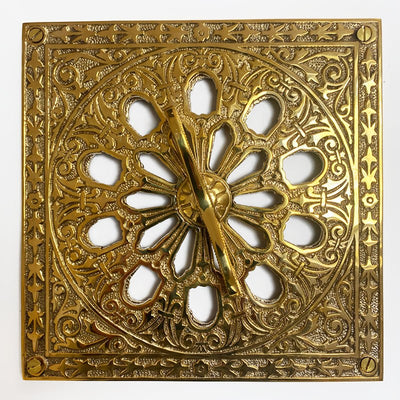
Do I need an air vent for a wood burning stove? If I do not bother?
Buying & DIY

Knowledge Tree: Process of buying and installing a wood burning stove
Buying & DIY
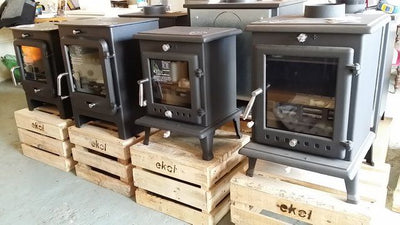
Chinese wood burners – should I buy one or are they all crap?
Buying Guides

What else do I need to buy to install a wood burning stove?
DIY Guides

Infographics for wood burning stove purchase and install
Infographics
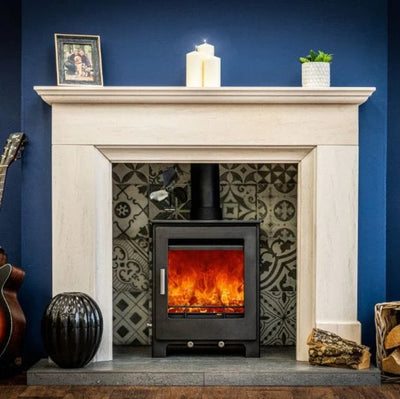
Wood burning or multifuel stove? A stove fitter decides.
Buying Guides
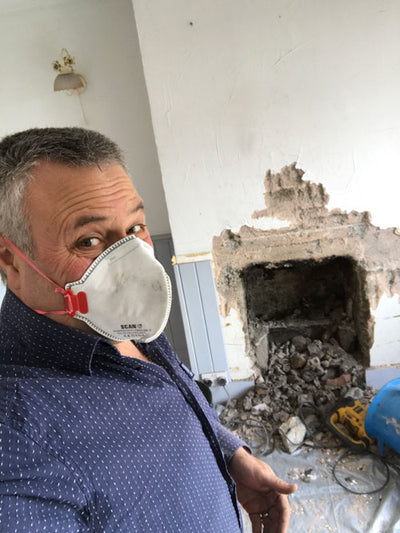
A few words from Julian
Buying & DIY
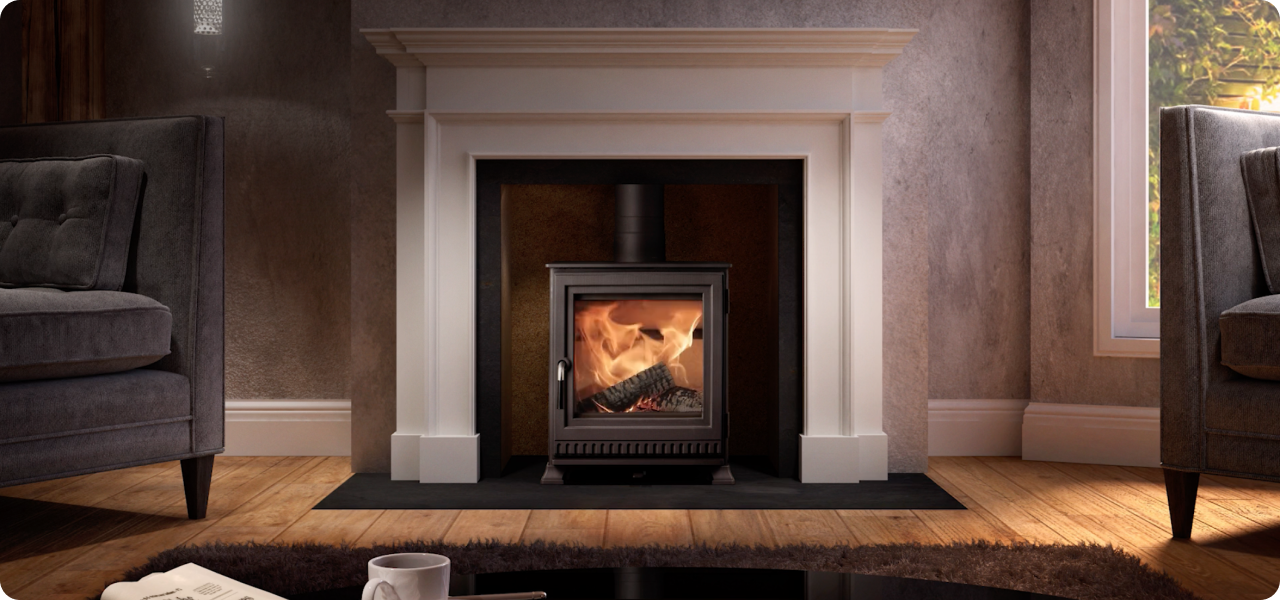
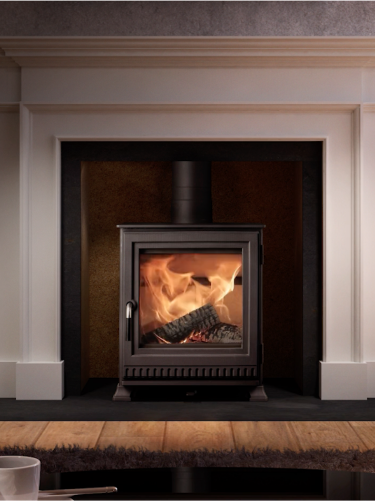
Find my perfect stove
Answer 3 simple questions and we will show you the best Stoves for your space.


